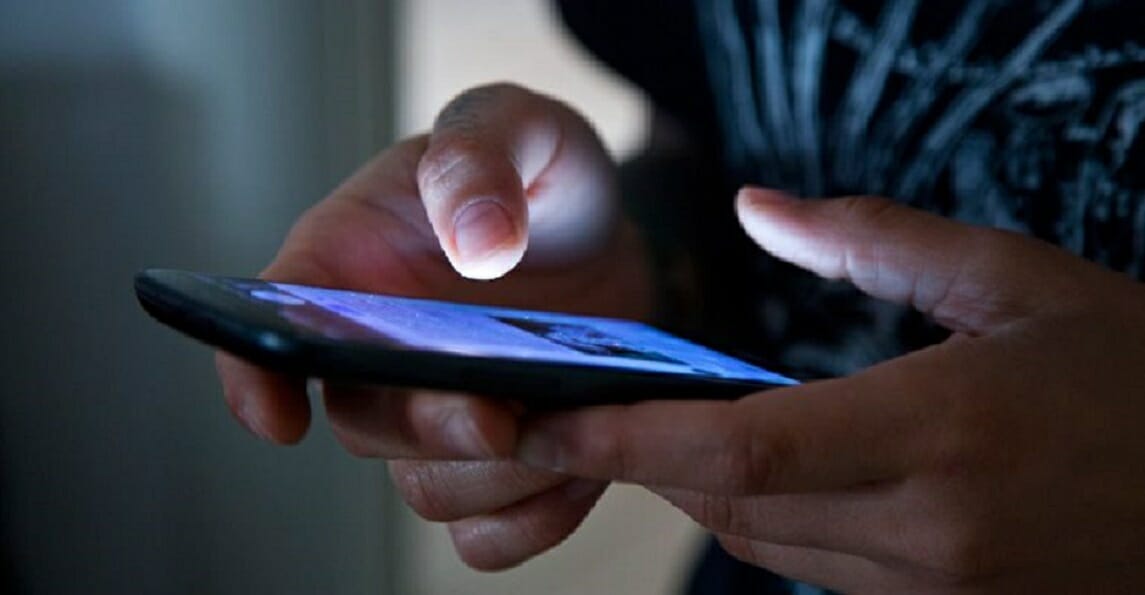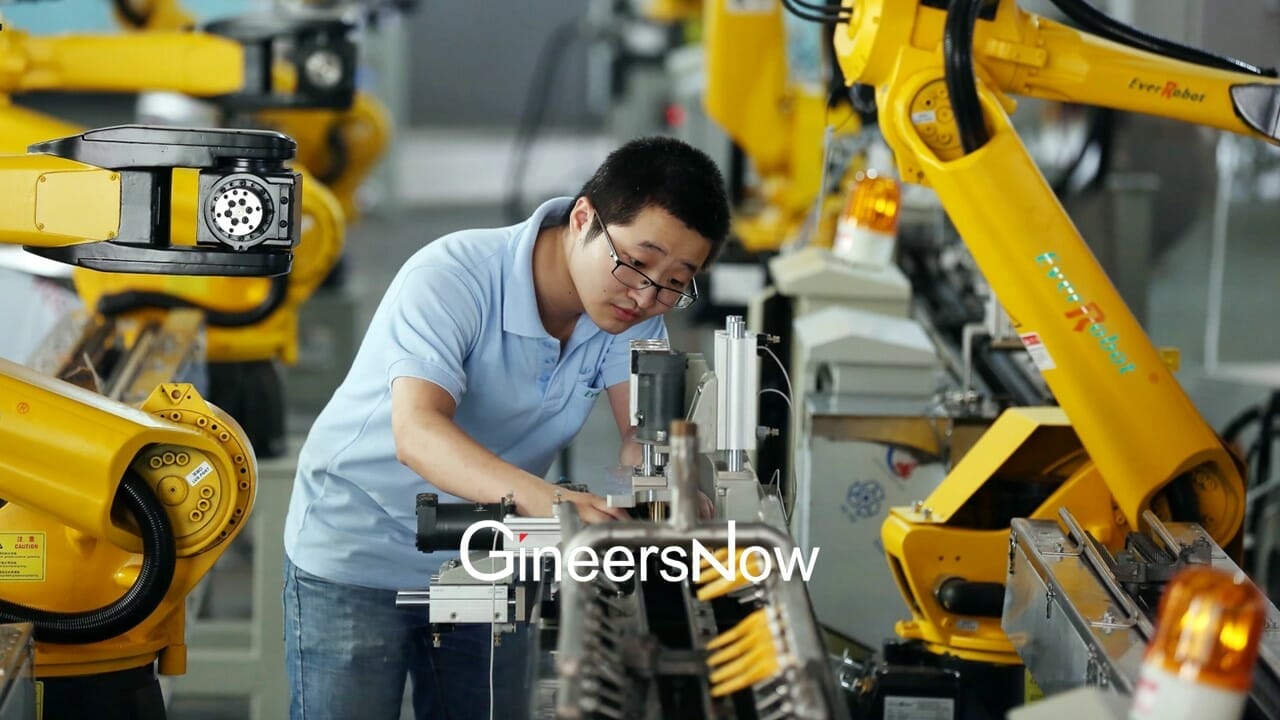We’ve all had our smartphones die on us once in our lives while we’re outdoors. If we don’t have a portable charging device, we would look for the nearest outlet to charge our phones until we are satisfied with the battery percentage. This will soon be a thing of the past thanks to a team of electrical engineers and nanotechnicians who created a tiny metallic tab, that when attached to the body, is capable of generating electricity from simple movements.

Source: New Atlas
“No one likes being tethered to a power outlet or lugging around a portable charger. The human body is an abundant source of energy. We thought: ‘Why not harness it to produce our own power?'” said lead author Qiaoqiang Gan, PhD, associate professor of electrical engineering in University of Buffalo’s School of Engineering and Applied Sciences.
The team made use of an effect called the triboelectric effect. Triboelectric charging occurs after one material comes into contact with a different material, this in turn would cause a loss and exchange of electrons. A common example of triboelectric effect that everyone must have already experienced is static electricity. To be able to harness the triboelectric effect, the engineers from the University of Buffalo and Institute of Semiconductors (IoP) at Chinese Academy of Science (CAS) had to look into the nano-scale rather than capture large quantities of the triboelectric power.
The device looks similar to a Band-Aid that is placed on the knuckle. It is composed of two thin layers of gold with a silicon-based polymer called polydimethylsiloxane (PDMS). When the user bends bends their finger while wearing the nanogenerator, a layer of the gold will stretch and crumples after being released into what the researchers call a mini mountain range. Force will then be reapplied to the “mountain range” which will create friction between the gold layers and the PDMS.
According to another lead author, Yun Xu, PhD, professor of IoP at CAS, “This causes electrons to flow back and forth between the gold layers. The more friction, the greater the amount of power is produced,” According to the study, the tab is very small, with a length of 1.5 cm long, and a width of 1 cm. At its maximum, it was able to generate 124 volts and a maximum current of 10 microamps. Its maximum power density was .22 milliwatts per square cm. As of now, this capacity is still not enough to power a smartphone, but it could safely charge 48 LED lights simultaneously.
One of the greatest problems with the nanogenerator, is that it is extremely difficult to manufacture at its current state. The team is currently looking for ways to improve their study, and are working on an additional portable battery to store the energy that has been produced by the the triboelectric tab.
Article Source:
















